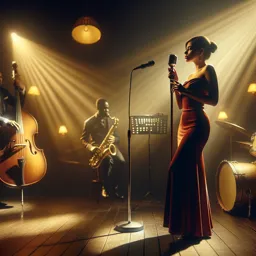Introduction
Opera singing is a rich tradition filled with breathtaking artistry. For aspiring singers, the vast repertoire can be daunting, but certain arias have become essential due to their musical beauty, vocal challenges, and frequent use in auditions and performances.
What Is an Opera Aria?
An aria is a solo vocal piece within an opera, accompanied by instruments. It gives characters the chance to express deep emotions and display vocal skill. Each aria varies in style, emotion, and technical demands.
Why Learn Core Arias?
- Technique: Develop breath control, phrasing, dynamics, and agility.
- Expression: Combine technical skill with emotional storytelling.
- Casting: Essential repertoire knowledge for auditions and competitions.
Classic Opera Arias to Explore
- “Nessun Dorma” from Turandot (Puccini) – A powerful tenor aria with a soaring melody and dramatic climax.
- “O mio babbino caro” from Gianni Schicchi (Puccini) – A tender, lyrical soprano piece.
- “La donna è mobile” from Rigoletto (Verdi) – A lively, rhythmical aria popular in auditions.
- “Largo al factotum” from The Barber of Seville (Rossini) – A baritone showpiece with playful energy and fast vocal runs.
- “Habanera” from Carmen (Bizet) – A mezzo-soprano favorite full of character and allure.
- “Una voce poco fa” from The Barber of Seville (Rossini) – A dazzling coloratura soprano aria showcasing vocal agility.
Tips for Learning Operatic Arias
- Understand the context: Know the story and character’s feelings.
- Master the language: Correct pronunciation is vital, even for non-native speakers.
- Work with a coach or teacher: Guidance ensures healthy technique and authentic style.
- Practice musicality: Focus on dynamics, phrasing, and articulation.
Conclusion
Mastering key opera arias is a rite of passage for singers. These timeless pieces develop both technique and expressive artistry, opening doors to performance opportunities. Embrace the challenge and let your voice soar!
































